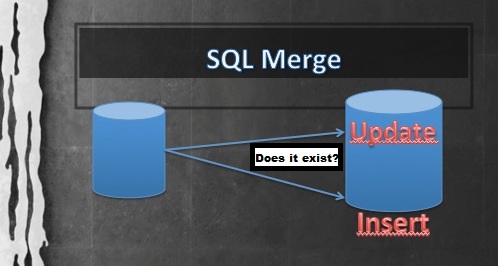Avoiding errors concatenating fields with numerical values in SQL Server
 The operator to concatenate in SQL Server is '+', but this operator is also used to add values.
The operator to concatenate in SQL Server is '+', but this operator is also used to add values.
Being the same operator for both, the query analyzer makes a concatenation or a sum based on the type of data fields being treated. If the fields are of 'string' type, the operator concatenate, and if it has numeric fields, two integers, for example, it add the two values.



